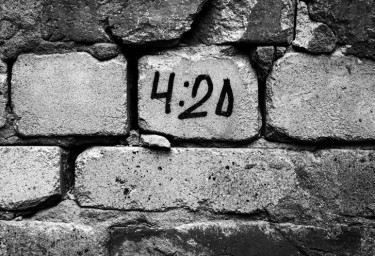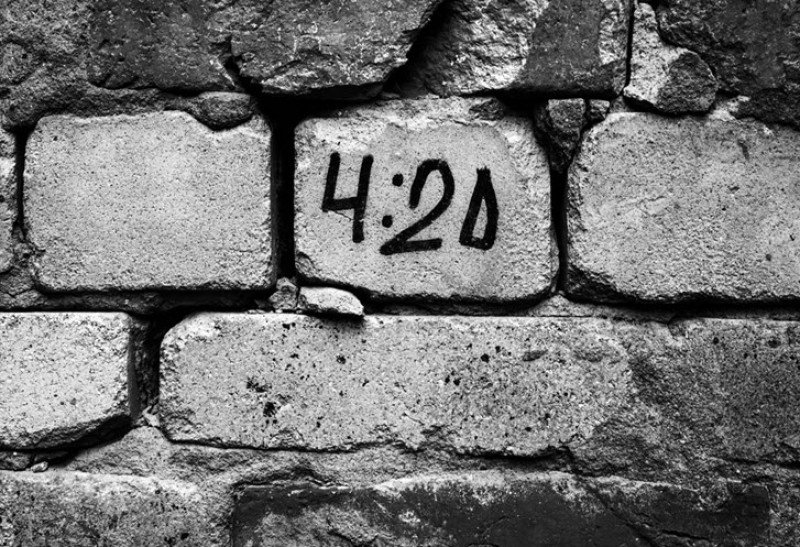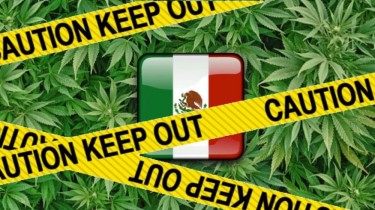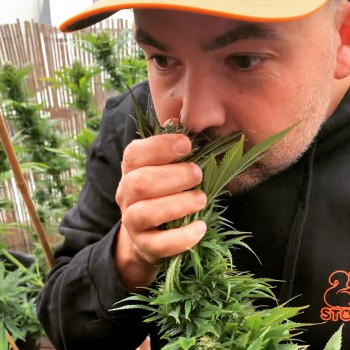Are There Different Ways to Legalize Cannabis?

Most people these days are thinking in binary. It’s either Right or Left, Black or White, Democrat or Republican…you name it. When it comes to cannabis legalization, many people believe that there is only “legal” and “prohibited” – however, they would be wrong.
The fact of the matter is that “full commercial legalization” and “total prohibition” are but two sides of potential ways on how to deal with drugs – in this case cannabis.
In 2015, a group of Drug Policy Experts put together a guide that outlines 12 different potential ways that governments could legalize weed. A recent Vox article spoke about this making the argument that while prohibition is not the ideal – full scale commercialization might also not be the right solution.
In the words of the author of the article – German Lopez – said that while we have predominantly seen the ethos of “regulating cannabis like alcohol” play out in most legalization models – some people are not too keen on the idea.
“Some experts and advocates don’t love this model. There are genuine concerns that the current commercial model of legalization will lead to “Big Marijuana”: a large industry that, similar to the tobacco, alcohol, and opioid industries, has a powerful financial incentive to market and sell its product to as many people as possible, no matter the consequences for consumers or the public more broadly.”
Big Marijuana certainly has become a problem, gobbling up the market. However, this might not be a problem with cannabis as much as hyper-capitalism. Nonetheless, Lopez does bring up a point in that we don’t have to follow the model of hyper commercialism and could very well legalize cannabis for other reasons.
Potential Ways that we can Legalize cannabis
Below, we’ll be taking a closer look at some of the different models of legalization Lopez outlined in his article. The United States predominantly opts in for the Standard Commercial Model, however places like Canada adopted different measures.
Let’s take a closer look at the three options outlined by Lopez;
Communal/ Own Growing:
Under this model, you’ll be growing your weed yourself or forming part of a collective. This is how cannabis worked in California for many years prior to them legalizing recreational weed in 2016. Essentially, this model relies on people growing their own cannabis at home and utilizing communal grows to supply to those who don’t want to or don’t have the ability to grow their own.
These systems typically work through a donation system of sorts, and while certain collectives can generate some serious cash – they often don’t swell up to become monster corporations as we have seen in the US.
Government Operated Supply Chains
In a way, this is how Canada works. The government is pretty much in charge of all weed production and distribution by leasing out to a few companies that can track and monitor grows. The problem with this model is that it still renders independent growers technically as “illegal” and limits the type of cannabis available on the market while controlling the price.
As a result, 80% of Canada’s weed is being purchased from “illegal sources”. I use the quotation marks because many of these “illegal growers” were the very people who made cannabis acceptable in the country only to be excluded from the legal market.
Just take a look at B.C and you’ll see what I’m talking about. However, Canada isn’t truly a “government operated system” – not like Uruguay, which was the first country in the world to legalize recreational cannabis.
Within that model, 100% of the production was done through government channels.
Non-Profit Organizations
Another model that hasn’t been implemented anywhere (yet), is leaving the fate of the industry in the hands of non-profit organizations. The idea here is that if you remove the incentive to make money, people will keep the cannabis market as small and “homey” as possible. All of the profits would be funneled back to the state that will fund things like schools, drug education and harm reduction.
However, unless there’s some oversight on this, it can be very easy to see how that model would devolve into a situation where “non-profit organizations” pay millions of dollars to their CEOs” like so many NGOs around the world.
The Dutch Model
The Dutch Model limits sales to retail only. There is no vast commercialization and limited areas where you can legally purchase it. This model works in a small part of the Netherlands, however within a place like the United States – this would be virtually impossible
Perhaps certain towns and counties could pull it off, but in all likeliness, this would not happen in the US.
How much Freedom do we allow?
The biggest issue with legalizing drugs is considering the impact it would have on the public and how it would play out in a commercialized world. Alcohol is legal, but also claims about 100,000 lives per year and is involved in 40% of all violent crimes – according to the FBI.
However, comparing alcohol to cannabis is not an “apples to apples” comparison. Rather, in terms of individual damage, rate of addiction, and consequences of legalization – would be better compared to legalizing heroin.
Even all of the other “Schedule I substances”, like LSD, Mescaline, Psilocybin, and so on – do not measure up to the death toll of alcohol when all of their deaths are combined. In fact, death is incredibly rare in the use of psychedelics.
Yet we sit and debate whether it is “right” to allow people to consume these substances or not. Obviously, we might need to have a better way of dealing with alcohol and outright prohibition of alcohol is also a bad idea.
Our current measures have found the “best balance” between regulation and sales – and perhaps, looking at alcohol we can take a different approach with cannabis.
But once again, I think it’s far better to have “more liberty” than less. It’s best if we focus our attention on “education” as opposed to “prohibition” or excessive regulation. We know that when you put too many barriers between the people and their drugs – 3rd party players take up the role and make bank!
Therefore finding a model that can effectively put as much liberty into the decision of the individual, while addressing the serious ills of current legalization schemes seem difficult – but perhaps one brave county could try to enforce a different way of legalization – a decentralized model sustained by the community.
What do you think is the best way to legalize cannabis? Let me know in the comments!
MORE ON LEGALIZATION AROUND THE WORLD, READ THIS...
HOW MEXICO PLANS TO LEGALIZE MARIJUANA AND KEEP US COMPANIES YOU!







